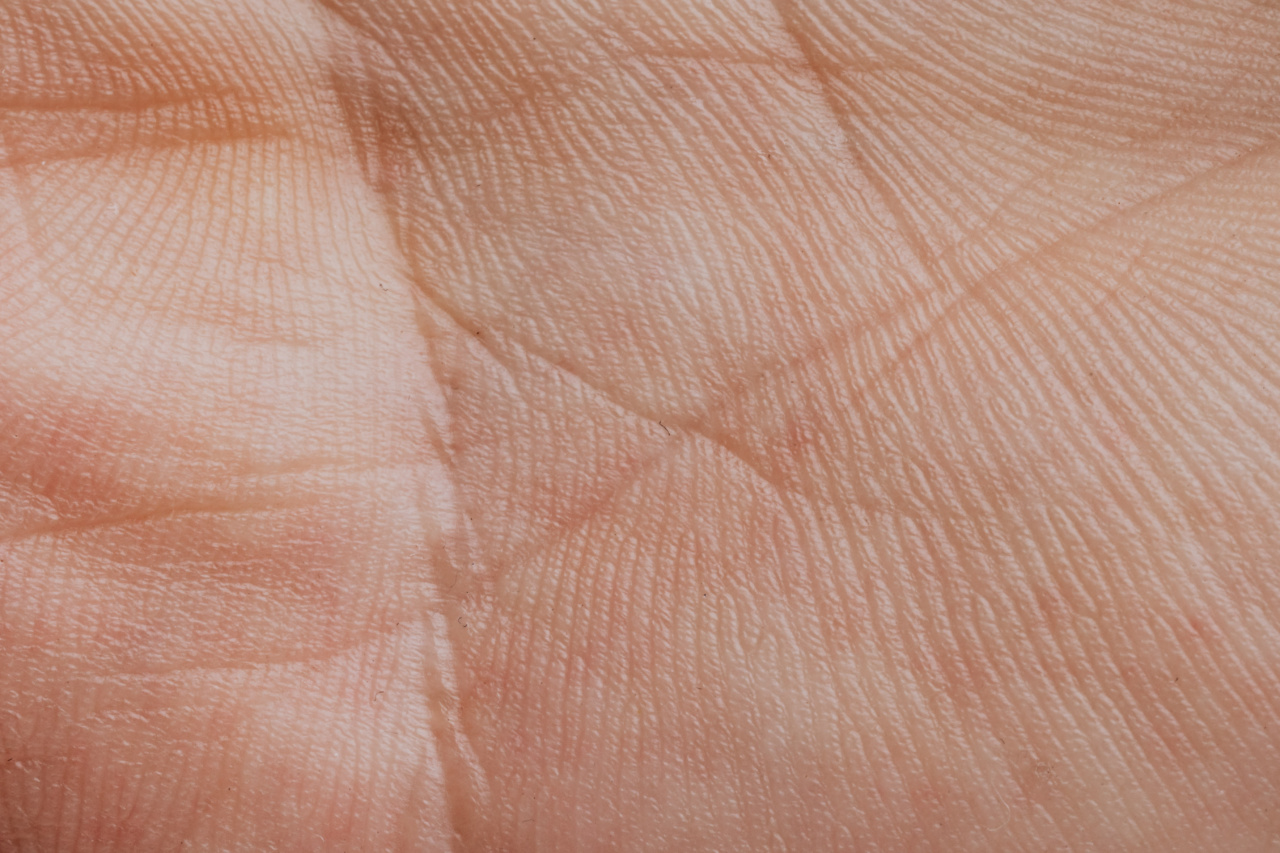Palmistry, also known as chiromancy, is an ancient practice that involves reading and interpreting the various lines and markings on a person’s hand.
This fascinating art has been around for centuries and has been used to gain insights into a person’s character, personality traits, and future events. However, recent studies have delved even deeper into the world of palmistry by suggesting that the lines on our hands may be indicative of our health, and in some cases, can even help in the early detection of certain diseases.
In this article, we will explore the intriguing link between palmistry and disease identification, and how understanding the lines on your hand can potentially lead to better health outcomes.
1. The Basics of Palmistry
Before we dive into the connection between palmistry and disease, it is important to understand the basics of this ancient practice.
Palmistry is based on the belief that the different lines on our hands are a reflection of our life experiences, personality traits, and future events. There are three main lines that palm readers pay close attention to:.
1.1 The heart line
The heart line, also known as the love line, is positioned above the head line and extends from the edge of the palm under the little finger towards the index and middle finger.
It is believed to reveal information about a person’s emotional health, relationships, and overall well-being.
1.2 The head line
The head line is the line that runs horizontally across the palm, just below the heart line. It represents a person’s intellectual abilities, mentality, and communication style.
Palmists believe that the length, depth, and shape of the head line contain valuable insights into an individual’s thinking patterns and potential mental health concerns.
1.3 The life line
The life line is perhaps the most well-known line in palmistry. It curves around the ball of the thumb and extends towards the wrist.
Contrary to popular belief, the life line does not provide insights into the length of one’s life but rather focuses on the quality of life, vitality, and general well-being.
2. The Link Between Palmistry and Disease
While palmistry has traditionally been associated with predicting the future and understanding one’s personality traits, recent research suggests that the lines on our hands may also hold valuable information about our physical health.
It is important to note that palmistry should not be seen as a substitute for medical diagnosis or treatment, but rather as a complementary tool that can aid in the early detection and prevention of certain diseases.
3. Identifying Health Issues Through Palmistry
Now that we understand the potential link between palmistry and disease, let’s delve deeper into how specific lines and markings on our hands can indicate underlying health issues:.
3.1 The Heart Line & Cardiovascular Health
Studies have suggested that the length and depth of the heart line may be related to a person’s cardiovascular health. A deeper and longer heart line is believed to indicate a strong heart and a lower risk of heart disease.
Conversely, a shallow or broken heart line may be indicative of potential heart problems such as irregular heart rhythms or blockages.
3.2 The Head Line & Mental Health
The head line has long been associated with a person’s cognitive abilities and mental health. A well-defined and evenly curved head line is generally considered to represent good mental stability.
However, if the head line appears fragmented or if islands, breaks, or crosses are present, it can suggest potential mental health issues such as stress, anxiety, or depression.
3.3 The Life Line & Overall Well-being
Contrary to popular belief, the life line does not provide insight into the length of one’s life. However, it can give valuable clues about a person’s overall well-being.
A deeper and clearer life line is often associated with good health, vitality, and a strong immune system. On the other hand, a faint or fragmented life line may be indicative of weakened immunity and potential health issues.
3.4 Other Markings and Their Significance
In addition to the main lines, various other markings and features on our hands can provide insights into our health. For example:.
- A forked heart line may indicate potential heart problems or an increased risk of cardio-related events.
- A deep and straight fate line can suggest a strong career path and overall stability.
- Crosses or islands on the head line may be linked to periods of intense stress or mental health challenges.
- Well-developed Apollo (ring finger) mount is believed to be associated with good vitality and overall well-being.
4. The Importance of Professional Guidance
While it can be intriguing and potentially useful to explore the connection between palmistry and disease, it is essential to seek guidance from professional palm readers, who can provide accurate interpretations.
Professional palm readers have honed their skills through years of study and practice, allowing for a more accurate analysis of a person’s hand.
5. Conclusion
Palmistry has always been a fascinating subject, offering glimpses into our personality traits, life events, and even potential health concerns.
While the lines on our hands may not directly diagnose diseases, they can serve as early warning signs and prompt us to seek proper medical guidance. Remember, palmistry should never replace medical advice, but it can be a valuable complementary tool in our journey towards better health.































